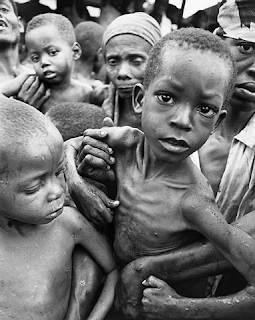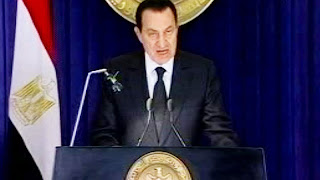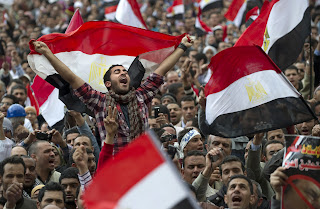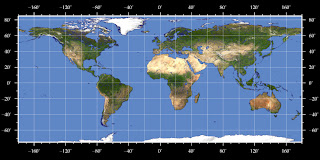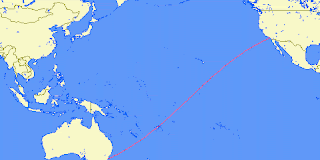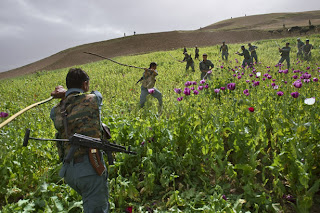Afghan Opium War and seizures in 2010
Increasingly, Afghan government forces and American troops are working together to eradicate the Opium fields which are so abundant in Afghanistan. This comes after years of a U.S. Opium campaign both as a war on drugs, and as a part of the war on terror. Opium profits greatly benefit Taliban warlords in the nation of Afghanistan. The more recently seen united effort is a result more of a realization by the Afghanistan government that to have any hope of eventually being able to stabilize and support themselves, they need to defund the Taliban and replace the dependence of the over 80 percent of the population who live off of agriculture on Opium.
This first picture shows the areas of the country where Opium is grown, or rather the amount it is grown in each region. It is easy to see by the map how widespread the problem is between the higher production areas and the lower production areas, there is a clear dominance over the agriculture of the entire country.

Here you can see the influence of the Taliban and Al Qaeda terror groups who fund as well as benefit from the crop's production. A common scenario in Afghanistan would be for these warlords of terrorist groups to provide the farmers with the money up front to pay for the crop, or extending them a line of credit to feed their families. This puts the farmers in the Taliban's debt and the crop is in return given to them to be funneled out to the world's drug market. This also creates some of the biggest rifts between the Afghani people in relationship to their views of American's because those who are affected by the American influenced policies in conjunction with the Afghan government and see their crop eradicated then are not able to pay back the Taliban or keep feeding their families especially through the winter months. The U.S. in my opinion as well as the country's government do indeed need to continue to eradicate this crop, but at the same time they need to fill the farmer's need with a substitute plan on how to feed their families and make money, both the well being of the people and the future of their government depends on this premise economically. U.S. programs are in effect to replace the Opium crops with alternative crops and fertilizers however, many sources claim this step is skipped at an alarmingly frequent rate.

Here we can see U.S. troops on patrol through one of the nation's many Opium fields. We can also see the troops eradicating the crop as they go, the most frequent ways this is done in Afghanistan are simply with a stick, or tractor. There is also the method of aerial spray to kill the crop, but is is controversial as it is effective and is not used quite as often.
This is the common scene of an Opium field in Afghanistan. The Opium produced here in Afghanistan in the last 20 years has led to about 90 percent of the world's heroin production. A rough estimate of 1,500 tons to 3,500 tons of Hashish are produce in Afghanistan each year as well, so the extent of the country's drug trafficking problem is not only limited to Opium production.
This picture represents the increased Afghan effort in the eradication of Opium more recently as a government patrol goes through an Opium field they discovered and kills the crop. One source says the results of more cooperation between the two government led to an increase of seizure and destruction of Opium fields by about 924% in 2010 from just the previous year.
 As I said the information on these maps is both unique and very interesting, some of the comparisons can be pretty amazingly different from each other. Where do we stand as Nebraskans? Well, the positive is that we have the least public corruption, on the downside; we are statistically the worst state when it comes to violence towards females. There are some that you just wouldn't expect when looking at the two maps that took me off guard, like Alaska for example which is listed as the 'most equal' state also has the highest rates of suicide. Overall these maps are incredible tools when trying understand the states that make up our country in a completely new way.
As I said the information on these maps is both unique and very interesting, some of the comparisons can be pretty amazingly different from each other. Where do we stand as Nebraskans? Well, the positive is that we have the least public corruption, on the downside; we are statistically the worst state when it comes to violence towards females. There are some that you just wouldn't expect when looking at the two maps that took me off guard, like Alaska for example which is listed as the 'most equal' state also has the highest rates of suicide. Overall these maps are incredible tools when trying understand the states that make up our country in a completely new way.
